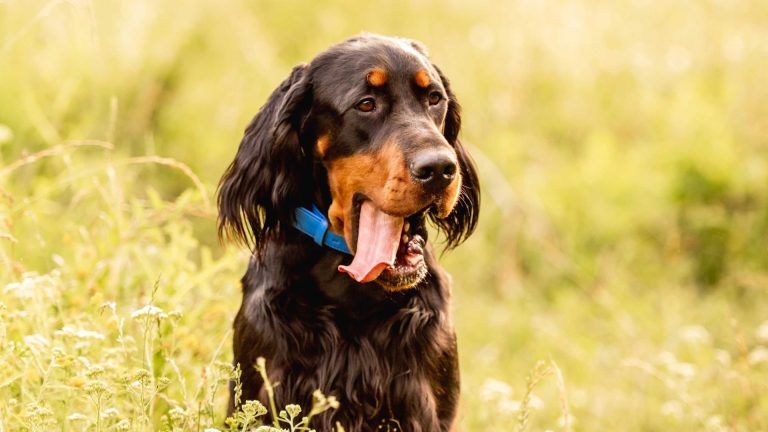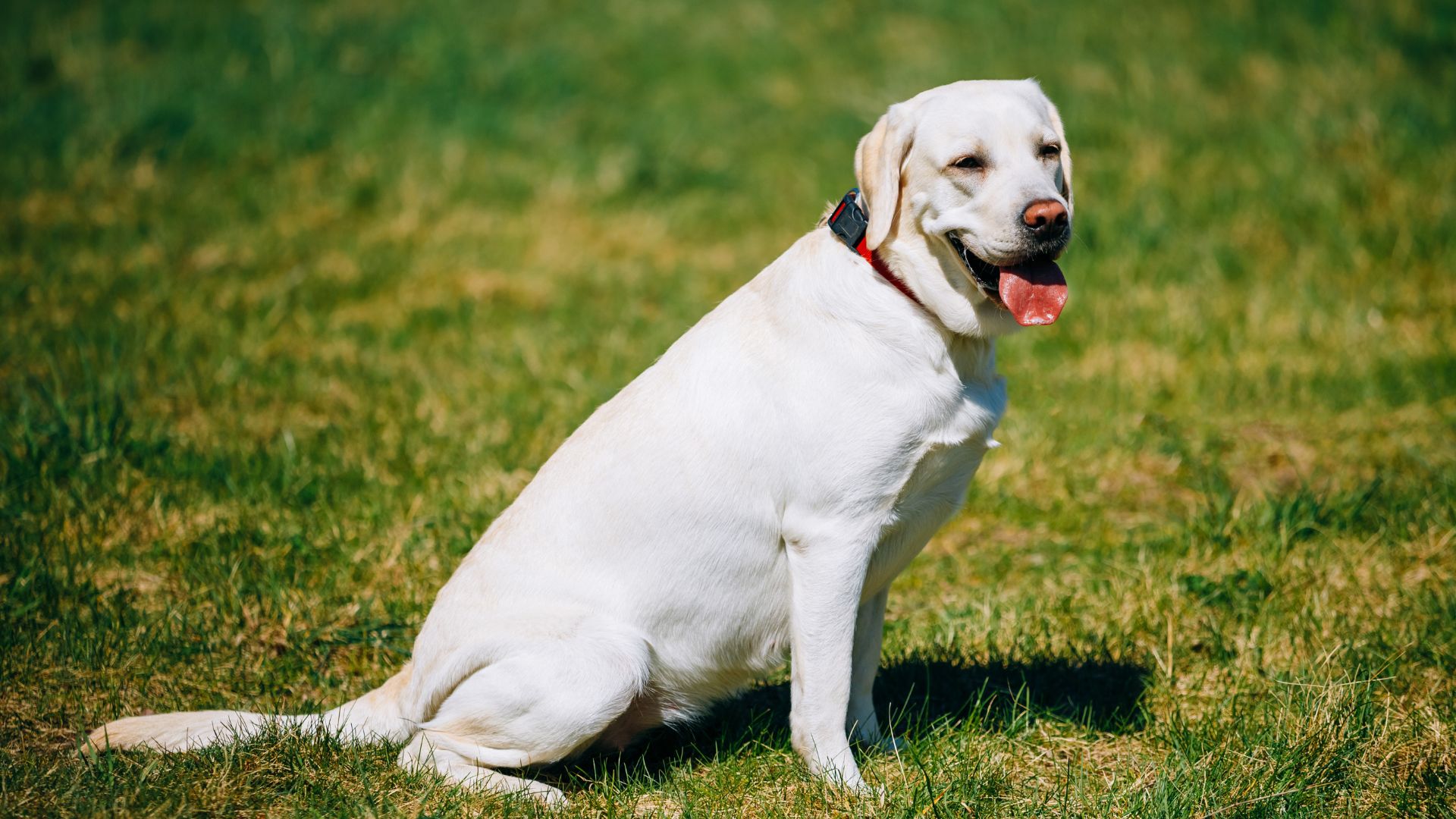
Contents
White Labradors are a rare and captivating variation of the popular Labrador Retriever breed. Known for their stunning white coats, these dogs possess the same friendly, intelligent traits as other Labradors. Understanding White Labradors is crucial for potential owners to ensure proper care and training.
This article provides a comprehensive guide to their history, physical traits, temperament, health, and care requirements. Whether you are considering adding a White Labrador to your family or simply want to learn more about this beautiful breed, this guide will offer valuable insights and practical tips.
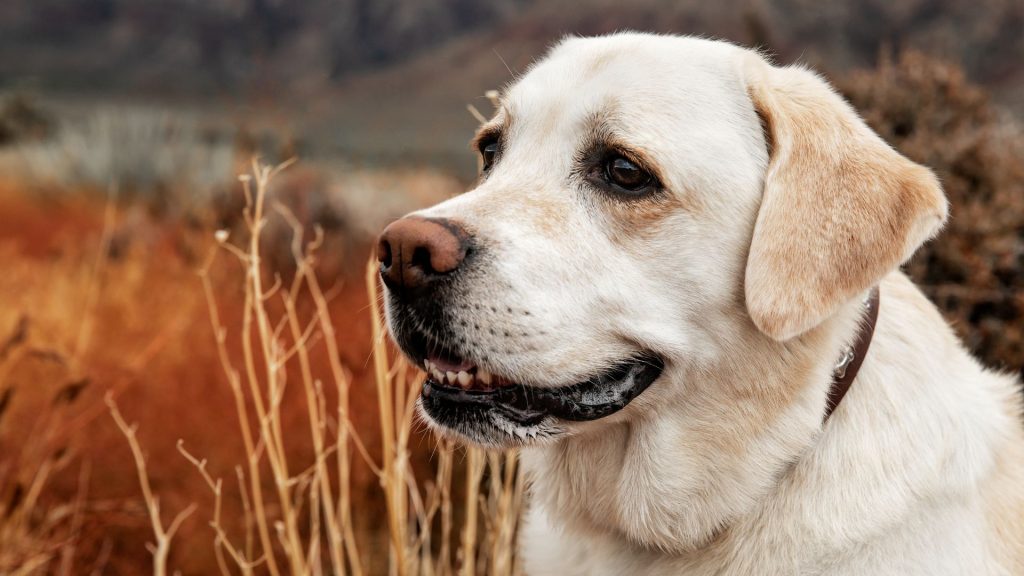
History and Origin
The Labrador Retriever breed originated in the early 19th century in Newfoundland, Canada. Fishermen used these dogs, known as St. John’s dogs, to help retrieve fish and nets from the cold waters. Their hardworking nature and excellent swimming abilities made them invaluable. British nobles visiting Canada were impressed by these dogs and brought them back to England, where they refined the breed further. They crossed them with other breeds to enhance their retrieving skills, ultimately giving rise to the modern Labrador Retriever.
Development of the White Labrador
White Labradors are not a separate breed but a color variation of the traditional Labrador Retriever. The white coat results from specific breeding practices aimed at highlighting the lighter shades found within the yellow Labrador gene pool. Breeders carefully selected dogs with the palest coats to produce White Labradors over several generations. This selective breeding maintained the core traits of the Labrador while emphasizing the unique white coat.
Notable Historical Facts
- The name “Labrador” comes from the Labrador Sea, located off the coast of Newfoundland.
- The breed’s popularity surged in the 20th century, particularly in the United States and the United Kingdom.
- White Labradors have gained recognition for their striking appearance, often featured in advertisements and films, further boosting their popularity.
Understanding the rich history and origin of White Labradors helps appreciate the breed’s development and the unique qualities they bring to the canine world.
Physical Characteristics

Appearance and Coat Color
White Labradors are visually striking with their pure white or pale cream coats. Their fur is dense and water-resistant, making them well-suited for various weather conditions. The coat is typically short and straight, giving them a sleek and clean appearance. Their expressive eyes are usually brown or hazel, and they have a strong, broad muzzle with a black nose that contrasts beautifully with their white fur.
Size and Weight
White Labradors share the same size and weight characteristics as other Labrador Retrievers. Males generally stand between 22.5 to 24.5 inches tall at the shoulder, while females are slightly shorter, ranging from 21.5 to 23.5 inches. Males typically weigh between 65 to 80 pounds, and females weigh between 55 to 70 pounds. They have a robust and athletic build, contributing to their reputation as excellent working and sporting dogs.
Unique Features of White Labradors
White Labradors possess several unique features that set them apart:
- Distinctive Coat: Their rare white coat is their most defining characteristic, making them stand out among other Labradors.
- Gentle Expression: White Labradors often have a particularly gentle and friendly expression, enhancing their appeal as family pets.
- Versatility: They excel in various roles, including service and therapy work, thanks to their intelligence and trainability.
- Playful Personality: Known for their playful and energetic nature, White Labradors are great companions for active families and individuals.
These physical characteristics, combined with their friendly and intelligent nature, make White Labradors a unique and desirable variation of the Labrador Retriever breed.
Temperament and Personality

General Temperament of Labradors
Labradors are renowned for their friendly and outgoing temperament. They are highly social dogs that enjoy being around people and other animals. Labradors are known for their intelligence, making them easy to train and eager to please. They are also very active and love engaging in physical activities, whether it be playing fetch, swimming, or going on long walks. Their gentle and affectionate nature makes them excellent family pets.
Specific Traits of White Labradors
White Labradors share the same wonderful traits as other Labradors but with some specific nuances:
- Gentleness: White Labradors often exhibit a particularly gentle demeanor, making them great companions for all ages.
- Calm Disposition: They tend to have a calm and composed nature, which is why they are often chosen for therapy and service work.
- Playfulness: Despite their calm nature, they are very playful and enjoy engaging in various activities.
- Loyalty: White Labradors are extremely loyal to their families, often forming strong bonds with their owners.
- Adaptability: They adapt well to different living environments, whether in a bustling household or a quieter setting.
Behavior with Children and Other Pets
White Labradors are excellent with children. Their gentle and patient nature makes them great playmates. They are tolerant of the noise and activity levels that come with having children in the house. They also understand when to be calm and when to play, making them safe companions for kids of all ages.
When it comes to other pets, White Labradors are generally very social and friendly. They get along well with other dogs and can coexist peacefully with cats and smaller animals, provided they are introduced properly. Their amiable nature ensures they are rarely aggressive and can form positive relationships with various household pets.
Overall, the temperament and personality of White Labradors make them ideal companions for families and individuals looking for a loving, intelligent, and adaptable pet.
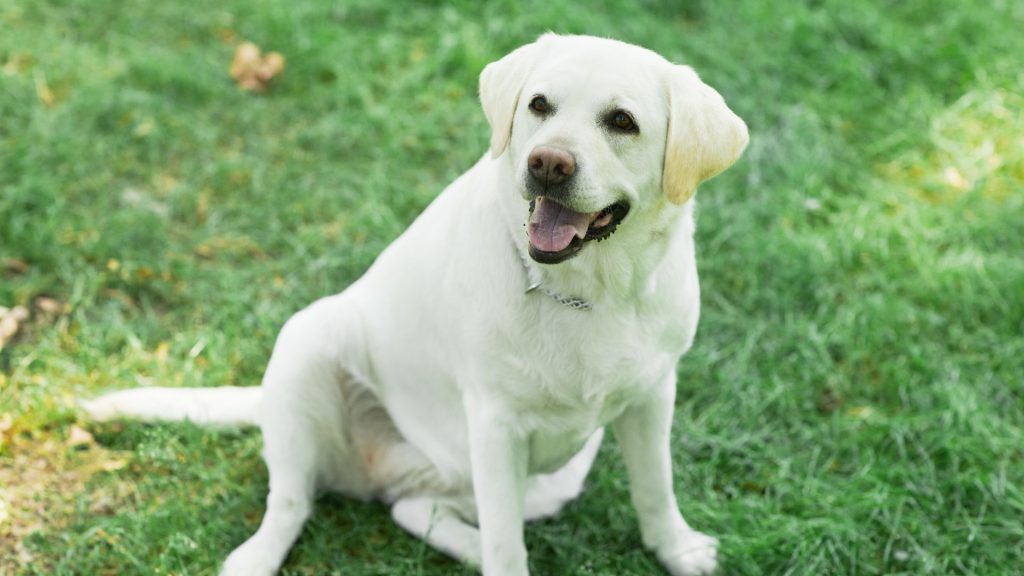
Health and Lifespan
Labradors are generally healthy dogs, but they can be prone to certain health issues, including:
- Hip and Elbow Dysplasia: These genetic conditions affect the joints, causing pain and mobility issues.
- Obesity: Labradors love food and can easily become overweight, leading to various health problems like diabetes and joint issues.
- Ear Infections: Their floppy ears can trap moisture, making them susceptible to infections.
- Progressive Retinal Atrophy (PRA): This eye condition can lead to blindness.
- Exercise-Induced Collapse (EIC): Some Labradors may experience sudden weakness and collapse after intense exercise.
Specific Health Concerns for White Labradors
While White Labradors share most health concerns with other Labradors, their specific coat color can sometimes indicate a higher risk for certain conditions:
- Skin Issues: The lighter coat and skin of White Labradors can make them more prone to sunburn and skin allergies.
- Hearing Problems: In rare cases, dogs with very light pigmentation may have an increased risk of congenital deafness.
Lifespan and Aging Process
White Labradors typically have a lifespan of 10 to 12 years, similar to other Labradors. With proper care, some can live even longer. As they age, they may experience:
- Decreased Activity Levels: Older Labradors might become less active and require gentler exercise routines.
- Joint Issues: Arthritis and other joint problems can become more pronounced, necessitating joint supplements and pain management.
- Weight Management: Maintaining a healthy weight is crucial to avoid putting extra stress on aging joints.
- Regular Check-Ups: Frequent veterinary visits can help monitor and manage age-related health issues.
In summary, while White Labradors generally enjoy good health, being aware of their specific needs and potential health issues is essential. Regular veterinary care, a balanced diet, and appropriate exercise can help ensure a long, healthy life for these beautiful dogs.
Training and Exercise Needs
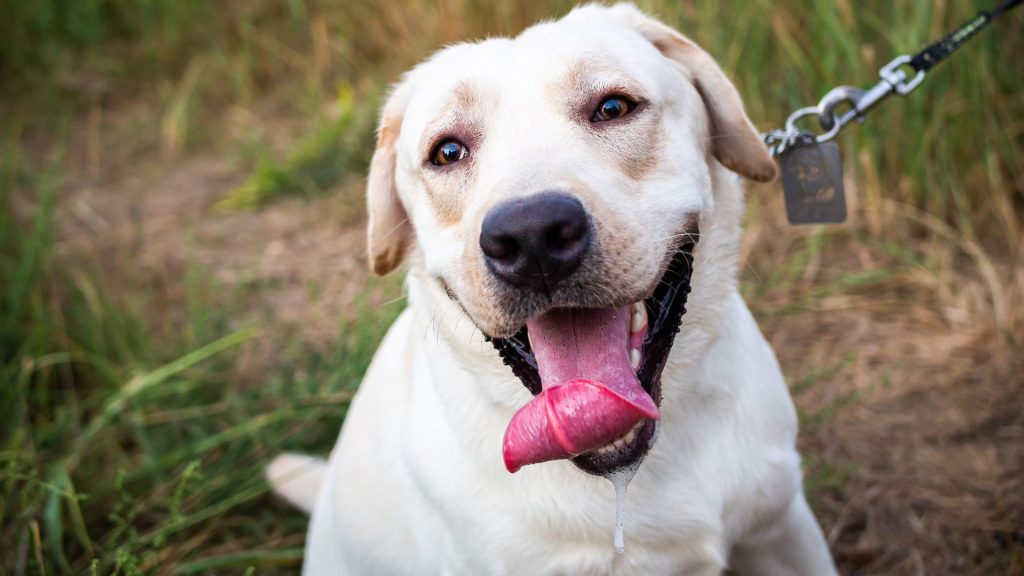
Training Tips and Techniques
Here are some effective training tips and techniques:
- Positive Reinforcement: Use treats, praise, and play to reward good behavior. This encourages them to repeat the actions you want.
- Consistency: Be consistent with commands and routines. Labradors thrive on predictable patterns and clear instructions.
- Short Sessions: Keep training sessions short and engaging to maintain their attention. Ten to fifteen minutes per session is ideal.
- Basic Commands: Start with basic commands like sit, stay, come, and heel. Gradually introduce more complex commands as they master the basics.
- Crate Training: This helps with housebreaking and provides them with a safe space. Make the crate a positive place with treats and toys.
Importance of Early Socialization
Early socialization is crucial for White Labradors to develop into well-adjusted adults. It involves exposing them to a variety of people, animals, and environments during their formative weeks and months. Here’s why it’s important:
- Reduces Fear: Proper socialization reduces the likelihood of fear-based behaviors and anxiety.
- Promotes Friendly Behavior: Socialized dogs are more likely to be friendly and confident around new people and pets.
- Encourages Adaptability: Exposure to different situations helps them adapt to new environments and experiences more easily.
- Improves Training: Socialized dogs are generally more responsive to training and commands.
Exercise Requirements for Maintaining Health
White Labradors are active dogs that require regular exercise to maintain their health and happiness. Here’s how to meet their exercise needs:
- Daily Walks: Aim for at least one hour of walking per day. Split this into two or more sessions to keep them engaged.
- Playtime: Incorporate playtime with activities like fetch, frisbee, or tug-of-war. These activities provide both physical and mental stimulation.
- Swimming: Labradors are natural swimmers and love water. Swimming is an excellent low-impact exercise that’s easy on their joints.
- Mental Stimulation: Puzzle toys, training sessions, and interactive games help keep their minds sharp.
- Variety: Mix up their exercise routine to prevent boredom. Different parks, hiking trails, or playdates with other dogs can add excitement.
Proper training and regular exercise are essential for the well-being of White Labradors. These practices help them stay physically fit, mentally stimulated, and well-behaved, making them delightful companions for any household.
Diet and Nutrition

Recommended Diet for White Labradors
A balanced and nutritious diet is essential for maintaining the health and vitality of White Labradors. Here are some key recommendations:
- High-Quality Commercial Dog Food: Choose a premium brand that lists meat as the first ingredient. Look for foods specifically formulated for large breeds.
- Protein-Rich Diet: Ensure their diet includes adequate protein to support muscle maintenance and overall health. Aim for at least 18-22% protein content in their food.
- Healthy Fats: Include healthy fats from sources like fish oil or flaxseed to support coat health and brain function. A fat content of around 8-12% is ideal.
- Carbohydrates: Provide complex carbohydrates such as brown rice, sweet potatoes, or oats for sustained energy.
- Fruits and Vegetables: Supplement their diet with fresh fruits and vegetables for added vitamins, minerals, and fiber. Carrots, blueberries, and spinach are great options.
Nutritional Needs Based on Age and Activity Level
White Labradors’ nutritional needs change with age and activity level. Here’s a breakdown:
- Puppies: Require higher protein and calorie intake to support growth and development. Look for puppy-specific formulas with DHA for brain development.
- Adults: Need a balanced diet to maintain weight and muscle. Adjust portions based on activity level. Active dogs may require more calories and protein.
- Seniors: May need a diet lower in calories to prevent weight gain. Ensure adequate joint support with supplements like glucosamine and chondroitin.
- Active Dogs: Dogs with high activity levels need more calories and protein to fuel their energy. Consider performance formulas designed for active breeds.
- Less Active Dogs: Require fewer calories to prevent obesity. Focus on portion control and low-calorie, nutrient-dense foods.
Foods to Avoid
Certain foods can be harmful to White Labradors and should be avoided:
- Chocolate: Contains theobromine, which is toxic to dogs and can cause serious health issues.
- Grapes and Raisins: Can lead to kidney failure in dogs.
- Onions and Garlic: Can damage red blood cells, leading to anemia.
- Avocado: Contains persin, which can cause vomiting and diarrhea.
- Fatty Foods: High-fat foods can lead to pancreatitis and obesity.
- Bones: Cooked bones can splinter and cause internal injuries or blockages.
- Artificial Sweeteners: Xylitol, found in sugar-free gum and some baked goods, is extremely toxic to dogs.
Grooming and Maintenance

Coat Care and Grooming Tips
White Labradors have a dense, water-resistant coat that requires regular grooming to keep it healthy and clean. Here are some essential coat care and grooming tips:
- Brushing: Brush their coat at least twice a week using a slicker brush or a de-shedding tool to remove loose hair and prevent matting. Regular brushing also helps distribute natural oils, keeping their coat shiny and healthy.
- Shedding: White Labradors shed moderately year-round, with increased shedding during seasonal changes. Frequent brushing during these times can help manage shedding.
- Ear Cleaning: Labradors are prone to ear infections due to their floppy ears. Clean their ears weekly using a vet-recommended ear cleaner to remove dirt and prevent infections.
- Nail Trimming: Trim their nails every 3-4 weeks to prevent overgrowth and splitting. Use a dog-specific nail trimmer and be careful not to cut too close to the quick.
- Dental Care: Brush their teeth at least 2-3 times a week using dog toothpaste to prevent plaque buildup and maintain oral health. Dental chews can also help keep their teeth clean.
Bathing and Hygiene
Regular bathing and maintaining hygiene are crucial for White Labradors. Follow these guidelines for optimal hygiene:
- Bathing: Bathe your White Labrador every 6-8 weeks using a mild, dog-specific shampoo. Avoid over-bathing as it can strip natural oils from their coat. Rinse thoroughly to remove all shampoo residues.
- Drying: After bathing, dry their coat thoroughly with a towel and, if needed, use a blow dryer on a low, cool setting. Ensure their coat is completely dry to prevent skin issues.
- Ear Hygiene: After swimming or bathing, dry their ears thoroughly to prevent moisture buildup and ear infections.
- Eye Cleaning: Wipe their eyes regularly with a damp cloth to remove any discharge and prevent tear staining.
Regular Health Check-Ups
Regular veterinary check-ups are essential to monitor and maintain your White Labrador’s health. Here’s what to keep in mind:
- Annual Exams: Schedule a comprehensive veterinary exam at least once a year to check for any health issues and keep vaccinations up to date.
- Weight Monitoring: Regularly monitor their weight to ensure they maintain a healthy body condition. Obesity can lead to various health problems.
- Parasite Prevention: Use vet-recommended flea, tick, and heartworm preventatives to protect them from parasites.
- Vaccinations: Keep their vaccinations current to protect them from common canine diseases.
- Blood Work and Screenings: For senior dogs, regular blood work and health screenings can help detect and manage age-related health issues early.
- Dental Check-Ups: Schedule regular dental check-ups to maintain their oral health and address any dental issues promptly.
By following these grooming and maintenance guidelines, you can ensure your White Labrador remains clean, healthy, and happy, enhancing their overall quality of life.
White Labrador Puppies
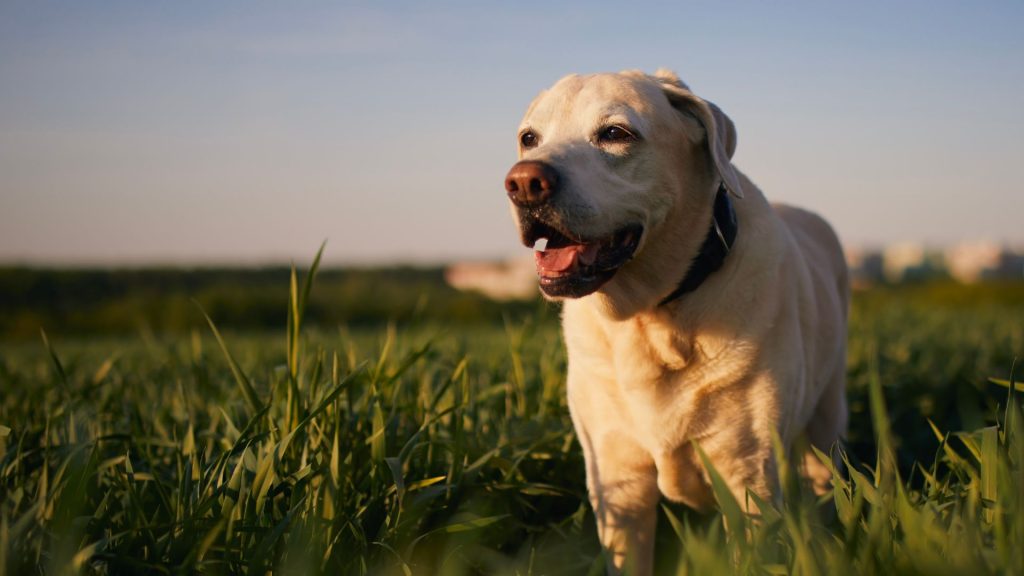
Choosing a Reputable Breeder
Choosing a reputable breeder is crucial for ensuring you get a healthy and well-socialized White Labrador puppy. Here are some tips to find a good breeder:
- Research: Look for breeders with positive reviews and recommendations. Check online forums, breed clubs, and ask for referrals from veterinarians or other Labrador owners.
- Visit the Breeder: Arrange a visit to the breeder’s facility. Observe the living conditions of the puppies and their parents. The environment should be clean, spacious, and well-maintained.
- Health Screenings: Ensure the breeder performs health screenings on the parent dogs for common genetic issues like hip dysplasia, elbow dysplasia, and eye conditions. Ask to see health clearances and certificates.
- Meet the Parents: Meeting the puppy’s parents can give you an idea of the puppy’s potential temperament and physical traits. They should be friendly, healthy, and well-socialized.
- Ask Questions: A reputable breeder will be knowledgeable and willing to answer all your questions about the breed, the puppies, and their breeding practices. They should also ask you questions to ensure you are a suitable owner.
What to Expect When Bringing a Puppy Home
Bringing a White Labrador puppy home is an exciting experience, but it requires preparation. Here’s what to expect:
- Initial Adjustment: Your puppy may feel anxious or scared in the new environment. Provide a quiet and comfortable space for them to settle in. Be patient and gentle during this transition period.
- Puppy-Proofing: Make sure your home is safe for a curious puppy. Remove any hazardous items, secure loose wires, and ensure they cannot access harmful substances or small objects they might swallow.
- Supplies: Have all necessary supplies ready, including a crate, bed, food and water bowls, high-quality puppy food, toys, grooming tools, and puppy pads for house training.
- Routine: Establish a consistent routine for feeding, potty breaks, playtime, and sleep. Puppies thrive on routine and it helps them adjust more quickly.
- Vet Visit: Schedule a vet visit within the first few days to ensure your puppy is healthy and to start their vaccination schedule.
Early Care and Training
Early care and training are vital for raising a well-behaved and healthy White Labrador. Here’s what you need to focus on:
- Socialization: Expose your puppy to different people, environments, and other animals from a young age. This helps them become well-rounded and confident adults. Enroll them in puppy socialization classes if possible.
- House Training: Start house training immediately. Use positive reinforcement to reward them for going potty outside. Be consistent and patient; accidents will happen but will decrease over time.
- Basic Obedience: Begin basic obedience training with commands like sit, stay, come, and heel. Use treats, praise, and play to motivate and reward them. Short, frequent training sessions are more effective than long ones.
- Health Care: Follow your vet’s advice on vaccinations, deworming, and flea and tick prevention. Monitor your puppy’s health closely and keep up with regular check-ups.
- Diet and Nutrition: Feed your puppy a high-quality, balanced diet specifically formulated for puppies. Ensure they have constant access to fresh water.
By choosing a reputable breeder and providing proper early care and training, you can set a strong foundation for a healthy, happy, and well-adjusted White Labrador.
White Labradors as Working Dogs

Service and Therapy Work
White Labradors excel in service and therapy roles due to their intelligence, gentle temperament, and trainability. Here are some key points about their work in these areas:
- Service Dogs: White Labradors are often trained as guide dogs for the visually impaired, hearing dogs for the deaf, and assistance dogs for people with physical disabilities. Their calm nature and eagerness to help make them ideal for these roles.
- Therapy Dogs: Their friendly and affectionate demeanor makes them excellent therapy dogs. They provide emotional support in hospitals, nursing homes, schools, and disaster areas. Their presence can reduce stress, anxiety, and improve overall well-being.
- Training: Training for service and therapy work involves extensive, specialized training to ensure they can perform their tasks reliably and safely. They are taught to remain calm in various situations and to respond to specific commands and cues.
Participation in Dog Sports and Competitions
White Labradors are not just great companions and service dogs; they also shine in dog sports and competitions. Here’s how they excel:
- Agility: Their athletic build and agility make them strong contenders in agility competitions. They navigate obstacle courses with speed and precision, showcasing their physical capabilities and intelligence.
- Obedience Trials: White Labradors perform exceptionally well in obedience trials, where they demonstrate their ability to follow commands accurately and consistently. Their trainability and eagerness to please are significant advantages.
- Retrieving Events: Given their heritage, White Labradors excel in retrieving events and field trials. These events test their natural retrieving instincts, endurance, and ability to follow directions.
- Dock Diving: Labradors love water, and dock diving competitions, where they jump off a dock into water to retrieve objects, are perfect for them. Their strong swimming skills and enthusiasm for water make them top performers.
Conclusion
White Labradors are beautiful, friendly, and intelligent dogs. They share the same traits as other Labradors but have a distinctive white coat. Proper care involves regular grooming, a balanced diet, and ample exercise. Early training and socialization are essential for their development.
White Labradors make excellent family pets and can excel in service and therapy roles. If you’re considering adding a White Labrador to your family, you can look forward to a loyal and loving companion. Their unique appearance and wonderful temperament make them a joy to own. Embrace the experience and enjoy your White Labrador.
Frequently Asked Questions (FAQs)
1. What is a White Labrador?
A White Labrador is a Labrador Retriever with a coat color that is very light yellow, often appearing white. They share the same traits and characteristics as other Labrador Retrievers.
2. Are White Labradors rare?
Yes, White Labradors are relatively rare compared to other Labrador coat colors. They are produced through selective breeding from the lightest shades of yellow Labradors.
3. Do White Labradors have different temperaments than other Labradors?
No, White Labradors have the same friendly, intelligent, and outgoing temperament as other Labradors. They are known for their loyalty and gentle nature.
4. How big do White Labradors get?
White Labradors are the same size as other Labradors. Males typically weigh between 65 to 80 pounds and stand 22.5 to 24.5 inches tall. Females weigh between 55 to 70 pounds and stand 21.5 to 23.5 inches tall.
5. Do White Labradors have more health problems?
White Labradors do not inherently have more health problems than other Labradors. However, they can be more prone to certain skin issues due to their lighter coat.
6. How much exercise does a White Labrador need?
White Labradors require at least an hour of exercise each day. This can include walks, playtime, and activities like swimming or fetch to keep them physically and mentally stimulated.
7. Are White Labradors good with children?
Yes, White Labradors are excellent with children. Their gentle and patient nature makes them great companions for kids of all ages.
8. Do White Labradors shed a lot?
Yes, like all Labradors, White Labradors shed throughout the year, with heavier shedding during seasonal changes. Regular brushing can help manage shedding.

Hello, I’m Donna Carter, the founder and writer behind PetFleck.com. My journey with dogs started years ago, and it’s been a passion that has only grown stronger over time. I’ve always been fascinated by the unique behaviors and characteristics of different dog breeds, and this curiosity has led me to dive deep into the world of canine studies.
My love for dogs is the driving force behind everything I do. I’ve dedicated countless hours to researching and understanding the nuances of dog care, training, and breed-specific traits. This dedication helps me create content that is not only informative but also genuinely helpful for fellow dog lovers and owners.
At PetFleck, I combine my extensive knowledge and hands-on experience with my passion for dogs to provide valuable insights and tips. Whether it’s exploring different breeds or offering practical advice on dog care, I aim to share knowledge that makes a real difference in the lives of dogs and their families.
I’m thrilled to share my love for dogs with you through my writing. I hope my articles inspire and inform, helping you to better understand and appreciate the incredible bond we share with our furry friends.
Thank you for visiting PetFleck.com, and I look forward to connecting with you through our shared love of dogs!


